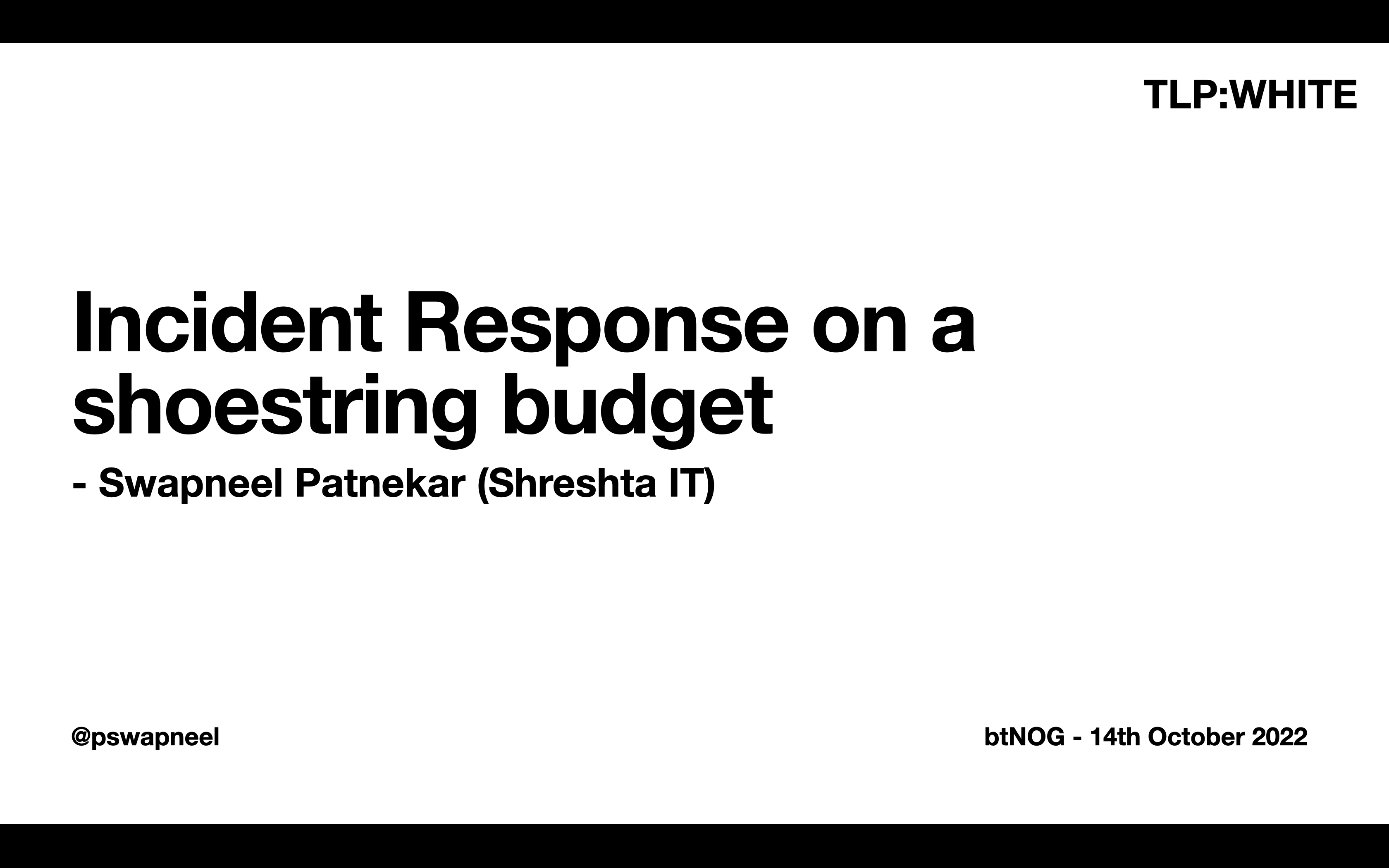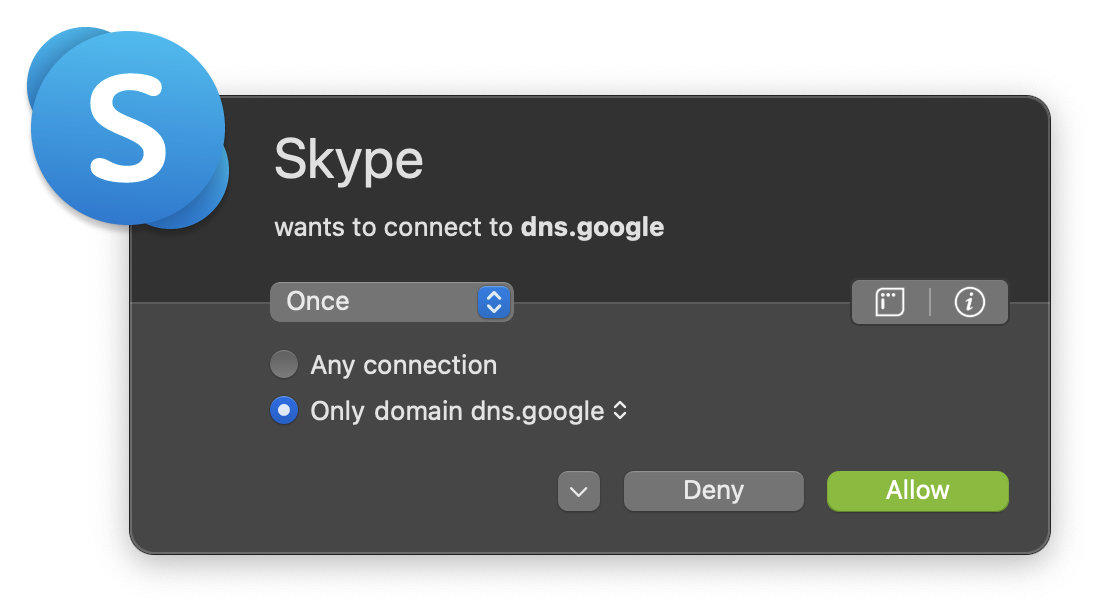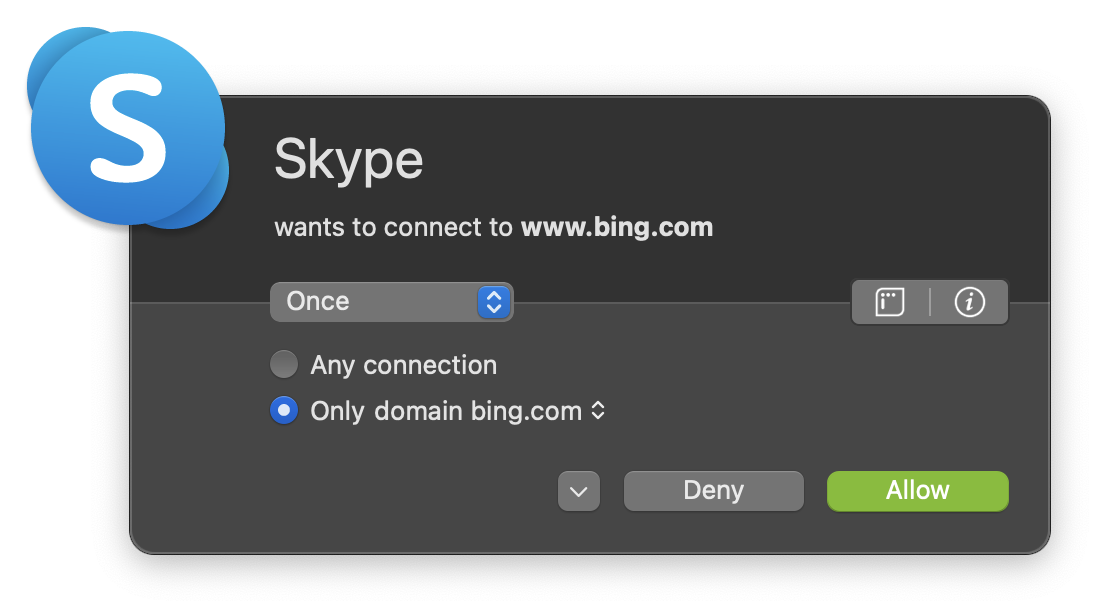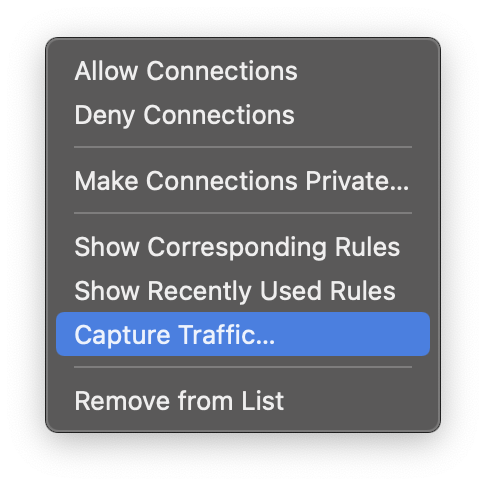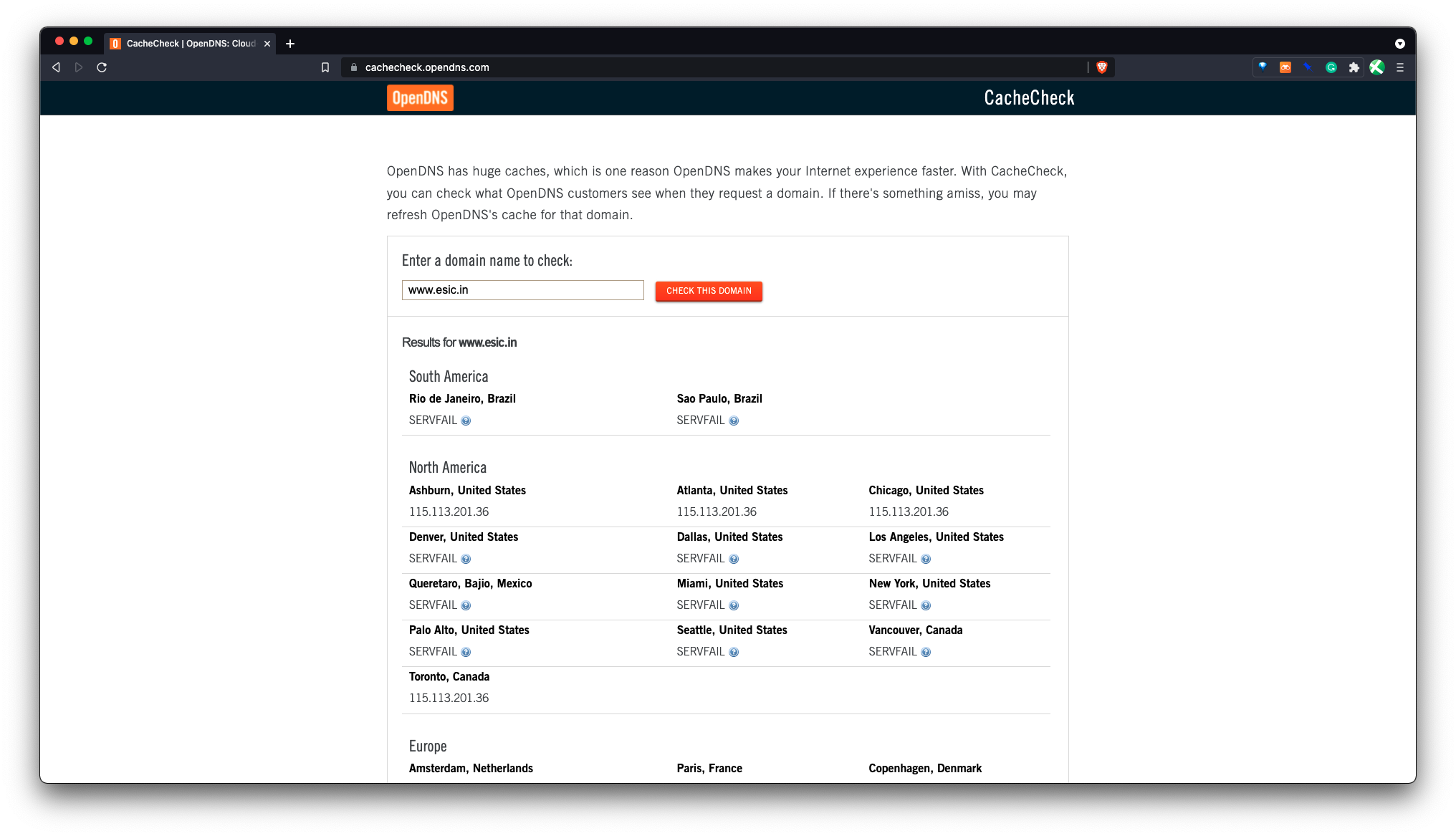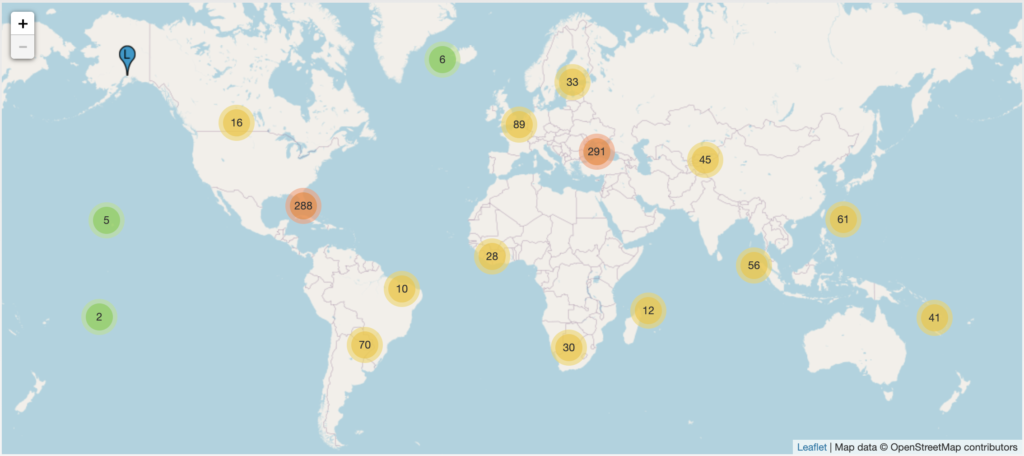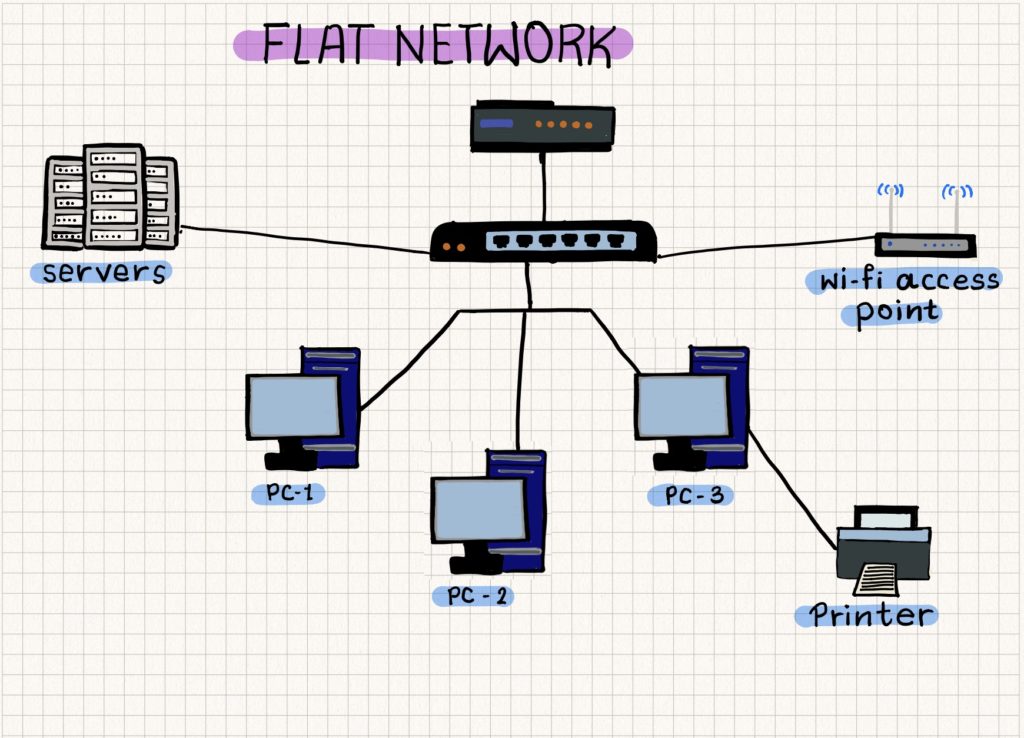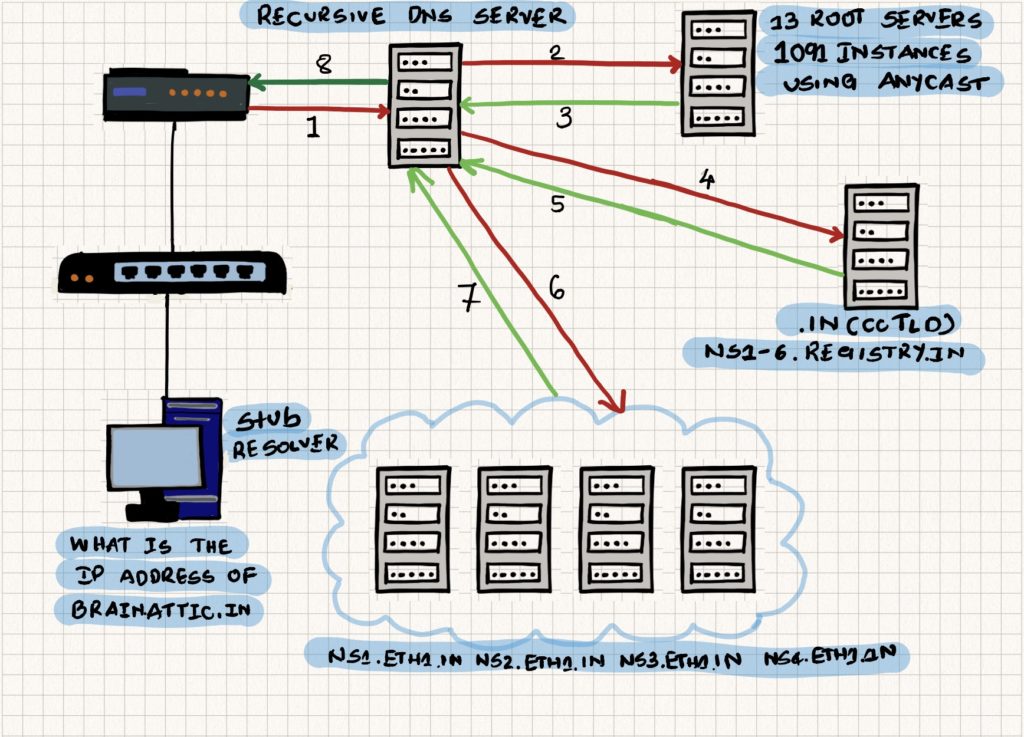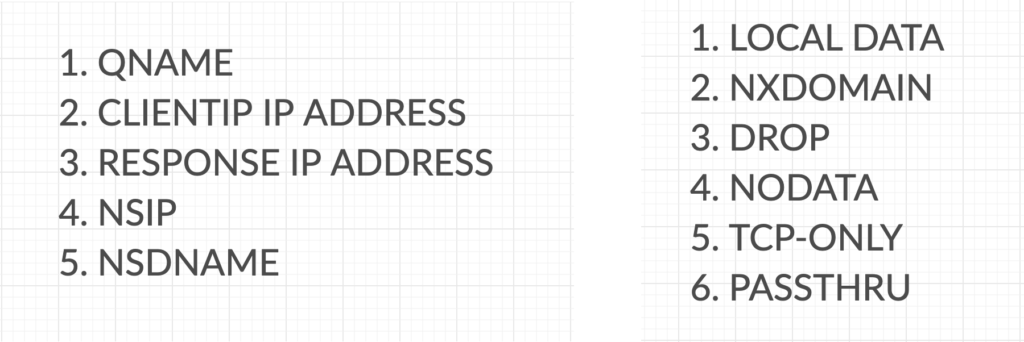Measuring ping and DNS from different vantage points using RIPE Atlas has been something that I have been using for some time now.
A few weeks ago, I came across Shodan’s geoping and geodns API, which provides ping and DNS lookup from a few locations and other details such as RTT. This is great because you can quickly check ping and DNS resolution on systems where you only have curl running.
You always have the RIPE Atlas project for more detailed and sophisticated use-cases. To get started with the RIPE Atlas project, check the webinar I delivered some time ago for APNIC.
curl https://geonet.shodan.io/api/geoping/139.59.19.245 | jq .
[
{
"ip": "139.59.19.245",
"is_alive": true,
"min_rtt": 41.439,
"avg_rtt": 41.539,
"max_rtt": 41.689,
"rtts": [
41.68868064880371,
41.4891242980957,
41.43881797790527
],
"packets_sent": 3,
"packets_received": 3,
"packet_loss": 0,
"from_loc": {
"city": "Singapore",
"country": "SG",
"latlon": "1.3215,103.6957"
}
},
{
"ip": "139.59.19.245",
"is_alive": true,
"min_rtt": 229.823,
"avg_rtt": 230.04,
"max_rtt": 230.268,
"rtts": [
230.2682399749756,
229.82311248779297,
230.0271987915039
],
"packets_sent": 3,
"packets_received": 3,
"packet_loss": 0,
"from_loc": {
"city": "Santa Clara",
"country": "US",
"latlon": "37.3924,-121.9623"
}
},
{
"ip": "139.59.19.245",
"is_alive": true,
"min_rtt": 183.42,
"avg_rtt": 183.567,
"max_rtt": 183.683,
"rtts": [
183.68268013000488,
183.41970443725586,
183.59804153442383
],
"packets_sent": 3,
"packets_received": 3,
"packet_loss": 0,
"from_loc": {
"city": "Frankfurt am Main",
"country": "DE",
"latlon": "50.1025,8.6299"
}
},
{
"ip": "139.59.19.245",
"is_alive": true,
"min_rtt": 185.742,
"avg_rtt": 185.865,
"max_rtt": 185.993,
"rtts": [
185.99295616149902,
185.86158752441406,
185.74166297912598
],
"packets_sent": 3,
"packets_received": 3,
"packet_loss": 0,
"from_loc": {
"city": "Amsterdam",
"country": "NL",
"latlon": "52.3740,4.8897"
}
},
{
"ip": "139.59.19.245",
"is_alive": true,
"min_rtt": 267.025,
"avg_rtt": 267.047,
"max_rtt": 267.061,
"rtts": [
267.0609951019287,
267.05384254455566,
267.0247554779053
],
"packets_sent": 3,
"packets_received": 3,
"packet_loss": 0,
"from_loc": {
"city": "Clifton",
"country": "US",
"latlon": "40.8344,-74.1377"
}
},
{
"ip": "139.59.19.245",
"is_alive": true,
"min_rtt": 261.196,
"avg_rtt": 261.239,
"max_rtt": 261.279,
"rtts": [
261.1956596374512,
261.24072074890137,
261.2793445587158
],
"packets_sent": 3,
"packets_received": 3,
"packet_loss": 0,
"from_loc": {
"city": "London",
"country": "GB",
"latlon": "51.5085,-0.1257"
}
}
]
The geodns API enables looking up DNS across multiple locations.
curl https://geonet.shodan.io/api/geodns/brainattic.in | jq .
[
{
"answers": [
{
"type": "A",
"value": "139.59.19.245"
}
],
"from_loc": {
"city": "Clifton",
"country": "US",
"latlon": "40.8344,-74.1377"
}
},
{
"answers": [
{
"type": "A",
"value": "139.59.19.245"
}
],
"from_loc": {
"city": "Frankfurt am Main",
"country": "DE",
"latlon": "50.1025,8.6299"
}
},
{
"answers": [
{
"type": "A",
"value": "139.59.19.245"
}
],
"from_loc": {
"city": "London",
"country": "GB",
"latlon": "51.5085,-0.1257"
}
},
{
"answers": [
{
"type": "A",
"value": "139.59.19.245"
}
],
"from_loc": {
"city": "Amsterdam",
"country": "NL",
"latlon": "52.3740,4.8897"
}
},
{
"answers": [
{
"type": "A",
"value": "139.59.19.245"
}
],
"from_loc": {
"city": "Singapore",
"country": "SG",
"latlon": "1.3215,103.6957"
}
},
{
"answers": [
{
"type": "A",
"value": "139.59.19.245"
}
],
"from_loc": {
"city": "Santa Clara",
"country": "US",
"latlon": "37.3924,-121.9623"
}
}
]
The geodns command provides the output in shell format,
# geodns google.com
142.250.178.14 London
142.250.186.46 Frankfurt am Main
142.250.80.46 Clifton
142.251.36.46 Amsterdam
74.125.68.100 Singapore
74.125.68.101 Singapore
74.125.68.102 Singapore
74.125.68.113 Singapore
74.125.68.138 Singapore
74.125.68.139 Singapore
Similarly, the geoping command,
# geoping 8.8.8.8
Amsterdam (NL) 0.863 ms (min: 0.509 ms, max: 1.414 ms)
Clifton (US) 1.985 ms (min: 1.729 ms, max: 2.443 ms)
Frankfurt am Main (DE) 1.167 ms (min: 0.754 ms, max: 1.979 ms)
London (GB) 0.769 ms (min: 0.527 ms, max: 1.229 ms)
Santa Clara (US) 2.273 ms (min: 1.638 ms, max: 3.151 ms)
Singapore (SG) 1.53 ms (min: 1.13 ms, max: 2.204 ms)
The details about the geoping and geodns commands are available here

